These UMaine students would make Deming proud
Two boats rest on the lawn outside the University of Maine's Advanced Manufacturing Center. It's a sunny May afternoon, a few days before commencement. Clusters of graduating seniors soak up the rays — generally looking relieved they'll soon be heading out into the “world” with diplomas in hand. Recalling that scene three weeks later, I almost write “real world” — but correct myself, realizing these soon-to-be engineering graduates already are in the real world, with eyes wide open and skills that will help them be the rising generation of innovators and manufacturers so desperately needed in our aging manufacturing economy.
My curiosity is piqued by a sign identifying the two boats as being examples of “autonomous boats” constructed as capstone projects by two teams of graduating mechanical engineering students. The first group — Philip Bean Jr., Matt Harkins, Isaac Walton and Ethan Ray, all from Maine — agrees to an impromptu interview. They answer my questions with confidence, patience and enthusiasm, qualities that will serve them well as they enter a workforce that needs not only competent engineers, but also good communicators.
The obvious first question: What's the function of a boat that doesn't have a human at the wheel?
Answer: Portland-based Ocean Renewable Power Co.'s pilot tidal power project in Cobscook Bay off Eastport involves 24/7 tracking of the power turbines' impact on their immediate environment. Floating sonar buoys capture too much data to be transmitted by cable to shore. That means every week a boat has to retrieve a data recorder from the sonar buoy and bring it back to shore for downloading that data.
Automating that function could save money.
I have no trouble understanding the theory, but to my English major's brain it seems an impossible task for an autonomous boat to handle — especially if you factor in shifting winds, changing tides and wave patterns that will make even simple navigation from shore to buoy more complicated than a straight-line course.
These engineers tell me they've taken that into account: It's part of their “Plan, Do, Study, Act” training, the steps popularized by W. Edwards Deming, the manufacturing world's guru of continuous process improvement. To handle turbulent waters, they chose a catamaran hull for greater stability. They bought it used, in order to stay within their overall $1,600 budget for the capstone project. They figured out how to plot the boat's course, plugging both the coordinates and the variables tied to wind and tides into their GPS navigator. They built a platform for two deep-cycle marine batteries powering the electric engine and the trolling device they'd designed for scooping up the sonar buoy's black box device. They tested the sensor designed to recognize the bobbing buoy and guide the autonomous boat to get close enough for the black box's retrieval.
Then they tested their boat on the calm waters of Pushaw Lake, where they were able to navigate their boat to a specific point and get it to return. Getting it to recognize the buoy, however, “took awhile,” they tell me; more testing will be required as well as improvements to their design. “Fail fast, fail cheap” also is part of their training, so the team seems undaunted its boat isn't ready yet for commercialization.
The second team of Timothy Abraham, Michael White, Robert Daniels and Jacob St. Peter — two being from out-of-state — make an equally strong case for their 12-foot Ted Williams fiberglass skiff and GPS navigation system. They also didn't achieve absolute success, but remind me: A prototype doesn't have to solve all the problems. They plan to pass on their results to next year's senior engineering students.
I left these students feeling confident they'll capably navigate their engineering careers — with solid skills that include being able to work well with other team players, in waters both choppy and smooth. May they find those careers here in Maine.

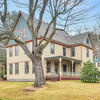
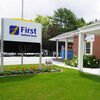
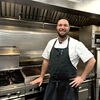
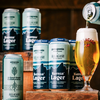


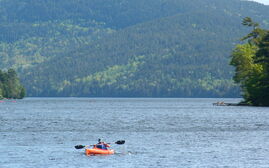
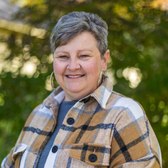
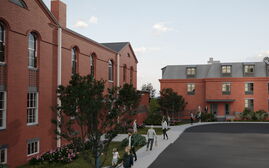




Comments